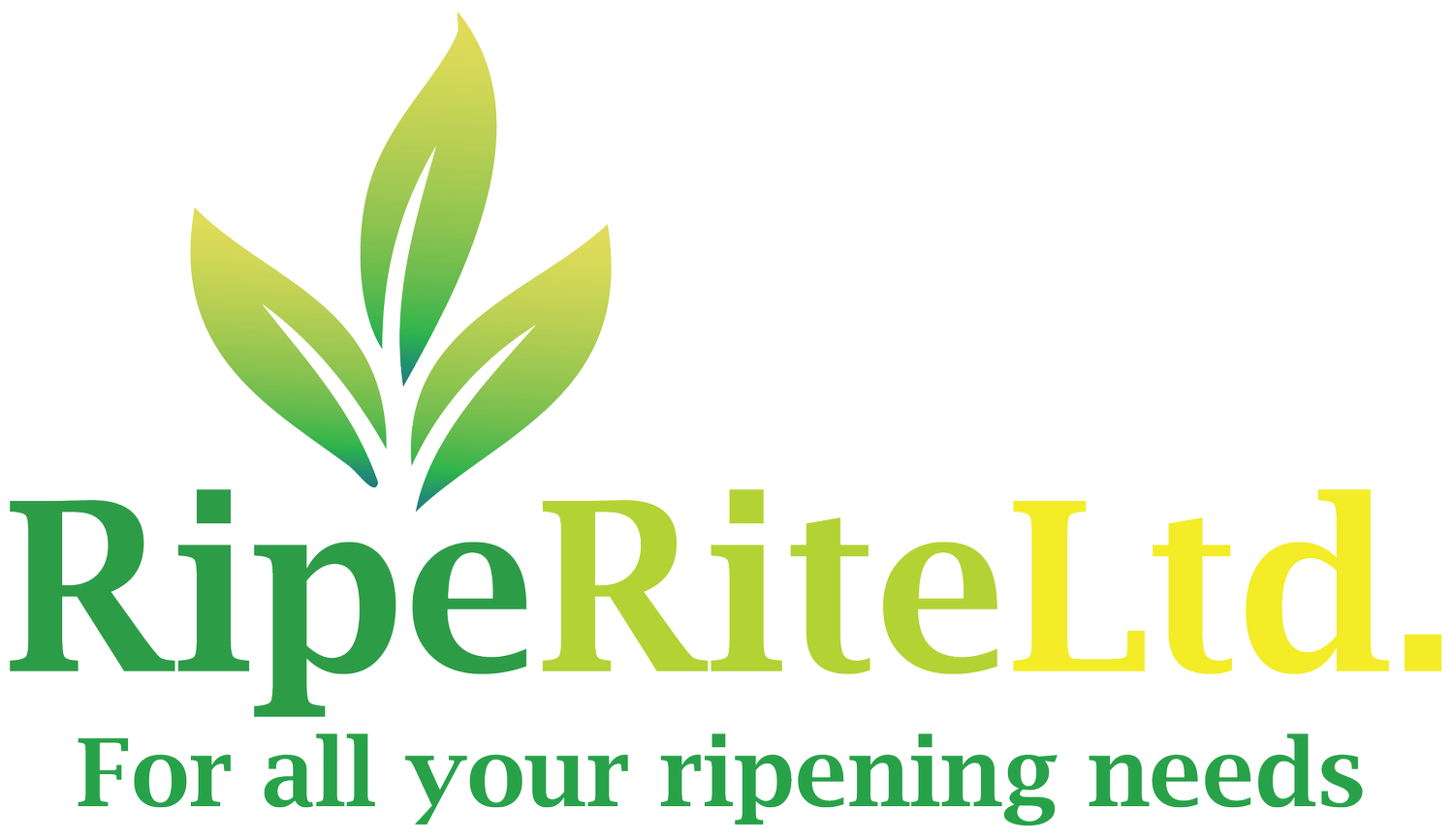Papaya Ripening
Papayas have been ripened successfully for some time by using Catalytic Generators and Ethy-Gen® II Ripening Concentrate to produce ethylene in the ripening room. A standard tomato or banana ripening room may be used for papayas as well.
Ripening Protocol
The degree of maturity will indicate whether the papaya should be exposed to ethylene. Papayas which are fully mature at harvest should not be ripened with ethylene if they are to be stored for an extended period of time. Papayas of minimum commercial maturity will benefit from a treatment of ethylene with an improvement in texture and color.
If not using pressurized ripening rooms, then air stack the boxes (at least 2″ / 5 cm between boxes) to ensure proper air circulation. Leave 1½ feet / 45 cm between walls and pallets and about 6″ / 15 cm between pallets.
Depending upon desired shipping time, bring the pulp temperature to the range of 68 to 77°F (20 to 25°C). Apply 100 ppm ethylene for 24-48 hours (actual time of exposure to ethylene is determined by the maturity of the fruit; a yellowing of fruit color indicates that the papayas are producing ethylene and the generator is no longer needed). To achieve 100 ppm, the generator setting will depend on the size of the ripening room. To achieve this, the generator setting will depend on the size of the ripening room. See our Operating Instructions.
Please note that all rooms vary in terms of how air-tight they are, so if more precise PPM determination is required, air testing for ethylene PPM levels is recommended.
Maintain humidity at 90-95% to prevent shrinkage during ripening.
Vent the rooms by opening the doors for 20 minutes every 12 hours to flush out carbon dioxide and bring in oxygen.
Once the desired level of ripeness is attained, reduced the temperature to 50°F (10°C) for partially-ripe papayas or to 45°F (7°C) for ripe.
For more information on postharvest handling of papayas, please visit the web site of UC Davis. A great resource for any Fruit Ripener is a publication from UC Davis entitled “Fruit Ripening & Ethylene Management.”
These recommendations were amassed from a diverse number of sources for use by clients of Catalytic Generators, LLC. While we have made great effort to provide accurate and current ripening techniques, Catalytic Generators makes no warranties regarding these recommendations or the applicability of such information to a particular ripening operation. Please note that we do not provide these recommendations as a replacement for technical ripening experts; if having ripening problems or starting a ripening program, we suggest that professionals be consulted.

